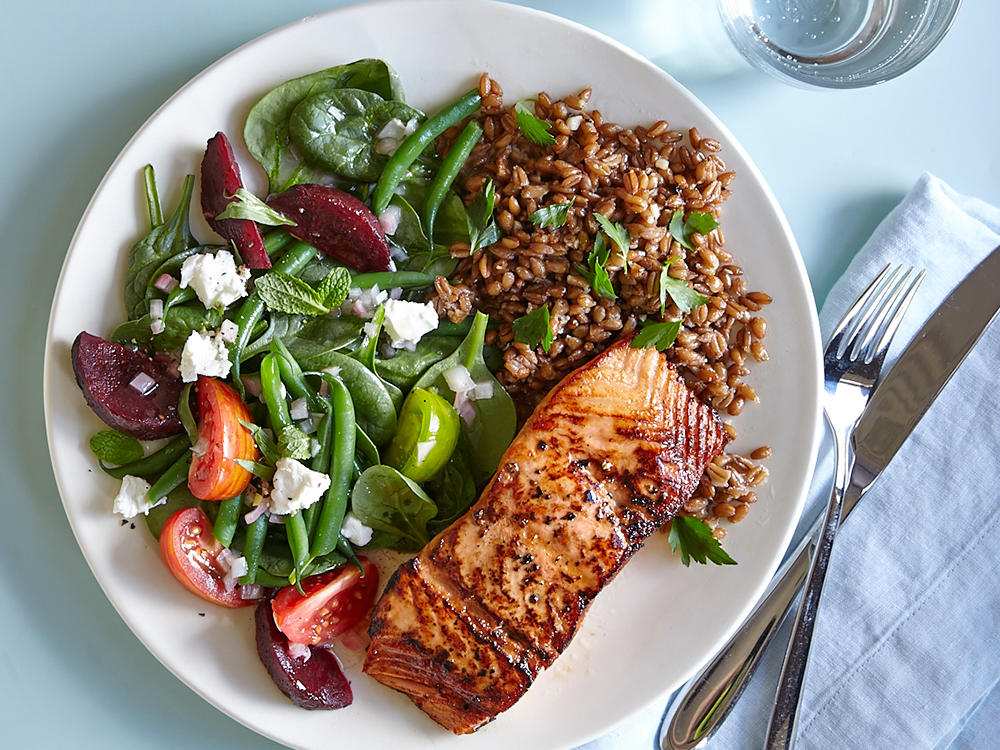|
31/12/2019 0 Comments “Clean eating” isn’t the answer.Swapping Big Macs for salads are great for general health and wellbeing, but don’t expect to lose weight due to that alone. In fact, clean eating can make it very easy to over-eat due to the misconception that you should be eating more of the “good stuff” when compared to junk foods.
As I’ve mentioned in previous posts, energy balance is the law when it comes to weight loss. You need to be in a caloric deficit to lose weight, meaning you are burning more energy (calories) than you consume on a day to day basis. This caloric deficit needs to be consistent for a substantial amount of time to see significant results. It’s simple, if you are not losing weight you are eating too much. It doesn’t matter if you have the healthiest diet in the world, chock full of protein and all the Vitamins from A-Z, it’s always QUANTITY before QUALITY when it comes to a weight loss diet. Figure out where your calories need to be, then determine what foods you will choose to fit these calories. Pick foods that you like, that make you feel good and are sustainable for you. The best diet is the one that you can follow consistently. Here are some “Clean Vs. Junk” food comparisons: 200g Porterhouse Steak = 470 calories McDonald’s Cheeseburger = 313 calories Medium sized Avocado = 322 calories 250g Salmon = 530 calories McDonald’s Big Mac = 590 calories As you can see, healthy nutrient dense foods such as steak, avocado and salmon all have a very high caloric content. This can easily lead you into a caloric surplus and weight gain, even though you are “clean eating”. This doesn’t mean I advocate fast food at all, always choose the healthier option but please be conscious of your portion sizes. Experiment with calorie counting, using apps like MyFitnessPal, look up your favourite foods and you might be surprised at how many calories you have actually been consuming. By gaining as much knowledge on the subject as you can, you will benefit by making the right food choices in future leading to consistent results. Please note that reducing food intake isn’t always the first option when aiming for a caloric deficit. Increasing physical activity levels can be just as beneficial due to an increase in energy (calorie) expenditure, which can also create a caloric deficit.
0 Comments
Leave a Reply. |
AuthorJulian Cunningham, Fitness Professional. ArchivesCategories |
Site powered by Weebly. Managed by DDNS


 RSS Feed
RSS Feed